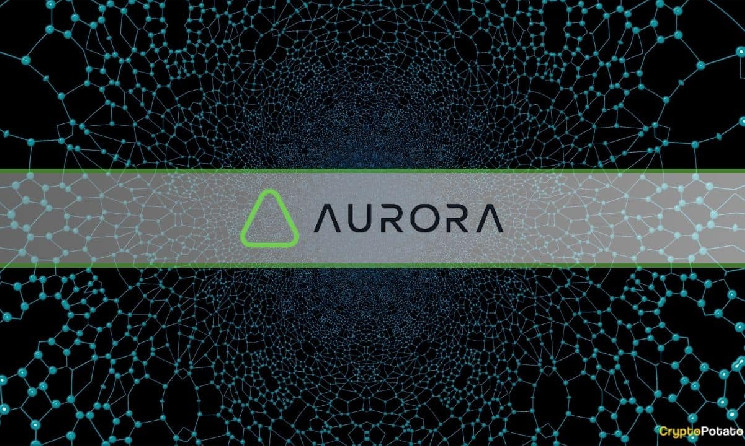Aurora — an Ethereum Virtual Machine (EVM)-enabled scaling and bridging solution built on top of the NEAR Protocol blockchain network — announced a strategic partnership with blockchain-based labor cooperative for the Web3 ecosystem called Opolios.
Aurora-Opolios Partnership
According to the official press release shared with CryptoPotatoThe latest USDC payments integration on the Aurora network will enable independent employees to speed up payment processes, increase flexibility and provide greater access to compensate employees in preferred currencies.
This partnership between Aurora and Opolios is also expected to positively impact Web3 companies as well as independent workers working around the world to manage their payroll in a more efficient manner.
Opolios members can also receive on-chain payments in USDC.e or USDC on the Aurora Network. On the other hand, the companies operating within the Aurora ecosystem will be able to use the Opolis platform to streamline payments for freelancers and fund payroll. Such a move could potentially lead to more ‘financial flexibility’ and ‘operational efficiency’.
Commenting on the latest development, Anton Paisov, Head of Integrations at Aurora, stated:
“We are on the cusp of a workplace revolution that will give employees more autonomy, flexibility and fulfillment than a traditional ‘career’ ever could. What Opolis wants to do is empower people to work the way they want and make all the scary administrative stuff easy. This integration with Aurora furthers that goal by providing access to the people who prefer payment in digital currencies.
Aurora Q1 Performance
Aurora recently launched a new partner program to support builders in the ecosystem. The Aurora V2 Validator was also relaunched, allowing Aurora DAO delegators to receive staking rewards in both AURORA and NEAR. In addition, it ended its partnership with Etherscan, resulting in the dismantling of Aurorascan.
Aurora along with Sweat Economy, Spin.fi and NEAR Crowd contributed significantly to Near Protocol’s daily active accounts in the first quarter of 2023. According to Messari’s report, the average number over the entire period was about 64,000.

